IBM Personal Computers (PC) became the next revolution in computing after the TRS-80. They started to surface in the market in August 1981 with the release of IBM PC 5150. Then, the extended technology version came and the IBM PC XT 5160 was developed. The Intel 80286 was released in 1982 and the IBM PC/AT was released in 1984, reaching its peak of usability by 1990s. In 1987, the 80386 was released by IBM and DOS 3.3 was developed to tap the greater power of these microprocessors. The 80486 was debuted at COMDEX in Chicago in April of 1989. I remember every time IBM was releasing a new microprocessor, everybody was commenting about the differences and how speedy it was.
A comparison of clock speeds can be seen here. While the 8086 was about 5 to 10 MHz, the latest Pentium is a little bit over 3,000 MHz (3.2 GHz). There is a logarithmic increase in microprocessors since the release of 8086 as indicated by Ray Kurzweil. The plot below depicts the evolution of microprocessor clock speed, using the data provided by Ray Kurzweil. As per the output of the R analyses of the data (note that 2 nonlinear equations are provided), the speed of microprocessor clock is doubling about every 4.1 years (i.e., 0.693/0.17). Exponential growth can in fact become a serious problem depending how it is used. This doubling speed was likely not possible or feasible to continue at that exponential scale. As the data was likely from before 2005, everything above this mark was "expected" and therefore not observed data. The fastest IBM PC in 2015 was likely less than 5 GHz, not the 25 GHz predicted by the equations below and implied on page 61 of Ray Kurzweil's book.
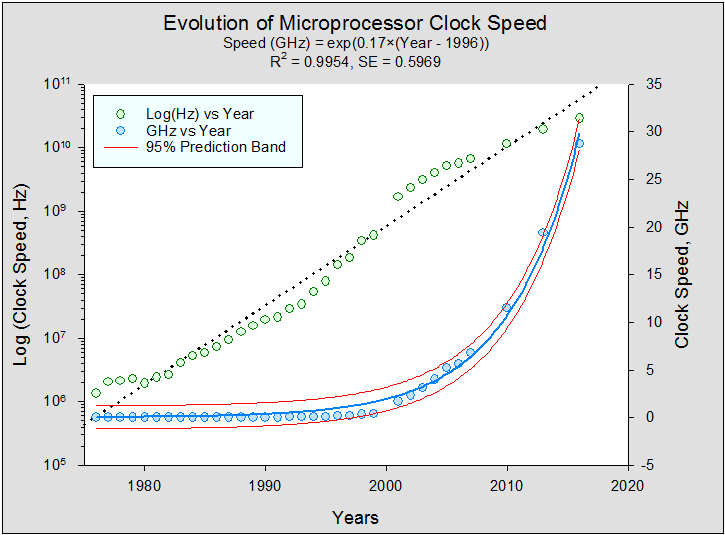
Formula: Ghz ~ exp(b * (Year - a))
Parameters:
Estimate Std. Error t value Pr(>|t|)
a 1.996e+03 4.604e-01 4335.91 <2e-16 ***
b 1.704e-01 4.339e-03 39.26 <2e-16 ***
---
Signif. codes: 0 ‘***’ 0.001 ‘**’ 0.01 ‘*’ 0.05 ‘.’ 0.1 ‘ ’ 1
Residual standard error: 0.5969 on 32 degrees of freedom
Number of iterations to convergence: 38
Achieved convergence tolerance: 1.318e-06
Formula: Ghz ~ a * exp(b * (Year - 1975))
Parameters:
Estimate Std. Error t value Pr(>|t|)
a 0.027572 0.004661 5.916 1.39e-06 ***
b 0.170360 0.004339 39.262 < 2e-16 ***
---
Signif. codes: 0 ‘***’ 0.001 ‘**’ 0.01 ‘*’ 0.05 ‘.’ 0.1 ‘ ’ 1
Residual standard error: 0.5969 on 32 degrees of freedom
Number of iterations to convergence: 13
Achieved convergence tolerance: 3.604e-06
In fact, in the essay entitled "The Free Lunch is Over" released on March of 2005, Herb Sutter showed a more realistic plot of trends of transistors and clock speed. He cleanly indicated why we won't have a 10 GHz microprocessor, as the number of transistors is still climbing, the clock speed has achieved a plateau since 2005. So projections using exponential curves is dangerous and can lead to erroneous conclusions if the "system" is not taken into account and other feedback loops are allowed to kick in. In fact, it looks like that clock speed reached a "wall in 2005 and parallelism is now mandatory" to increase processing speed and heat seems to be the main problem.
Anyway, as we figured out above (in agreement with Paul Allen) that the world will not end in a singularity and machines will not become smarter than humans and take over the world (at least for now), let's get back to some flashback mementos... A lot of MS-DOS games are available at the Internet Archive, RGB Classic Games, PC-Games archive, My Abandonware, The ISO Zone, 80's Top Games, the DOS Spirit among many more. The MobyGames has a complete list of games. Some of my favorites are listed below; pictures were from MobyGames website. I was able to retrieve my originals and upload them to be playable by using the jDosBox emulator (but cannot save games :-( at this time). A list of LucasArts games can be found here and a list of the five best games can be found here. Click on the icon below to immerse yourself again in the MS-DOS world flashback... ATTENTION: If you get a message "Application Blocked" you have to authorize nutritionmodels.com website to use Java. Go to Windows Control Panel, JAVA, Security, add "http://www.nutritionmodels.com" and "http://nutritionmodels.com" in the exception site list, and Apply it. Restart the internet browser. Always check for latest Java download. Currently, Firefox is the only internet browser that still supports JAVA. For Javascript version, see below.
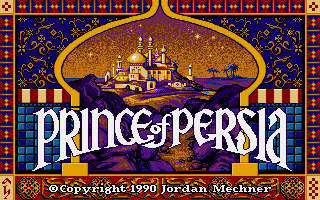 |
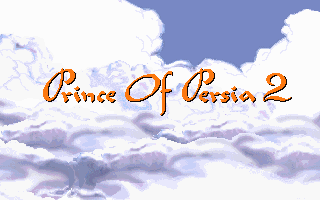 |
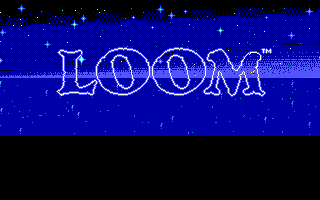 |
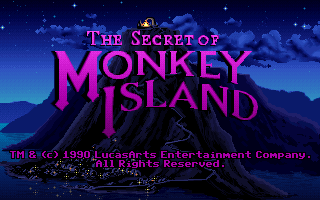 |
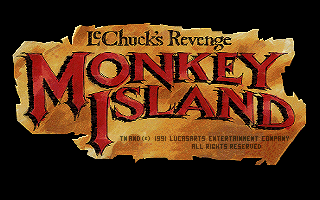 |
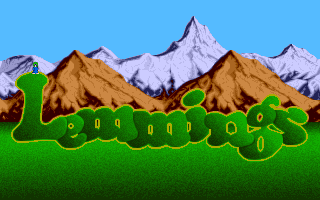 |
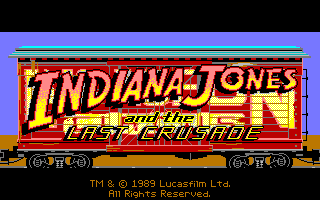 |
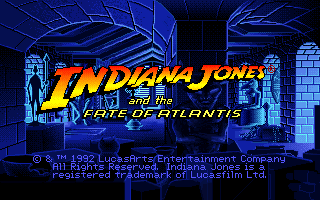 |
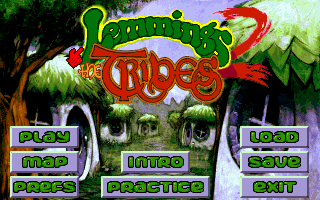 |
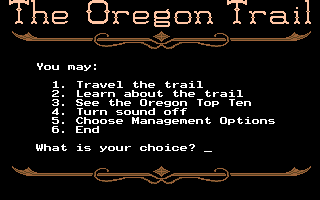 |
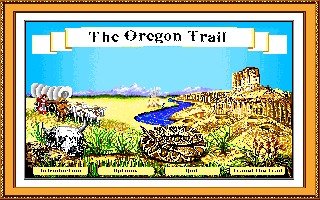 |
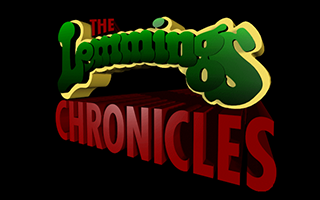 |
 |
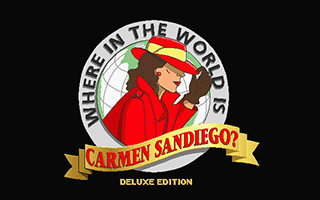 |
 |
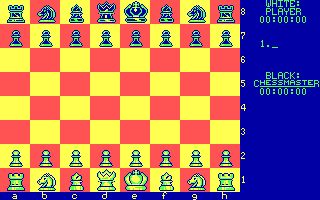 |
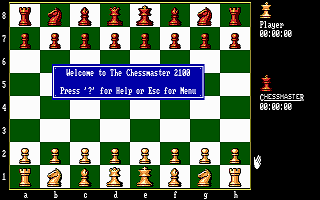 |
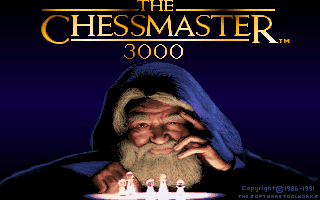 |
If you have a zip or jar file containing a game you wish to try out, you can click here to run JsDOSBox. The JsDOSBox is a JavaScript port for jDOSBox, which in turn is based on DOSBox. The jsDOSBox version of these games are also available: Prince of Persia 1, Prince of Persia 2, Loom, Monkey Island 1, Monkey Island 2, Lemmings 1, Lemmings 2, Lemmings 3, Lemmings 3D, Indiana Jones 1, Indiana Jones 2, The Oregon Trail 1, The Oregon Trail 2, Carmen 1, Carmen 2, ChessMaster 2000, ChessMaster 2100, and ChessMaster 3000.
YouTube has videos of playthrough (longplays) of many incredible games such as Another World, Prince of Persia 1, Prince of Persia 2, Monkey Island 1 (The Secret of Monkey Island Special Edition), Indiana Jones 2 (Fate of Atlantis), and many more.
The history of PC inherits the history of operating systems (OS) developed by Microsoft. Since 1980s, Microsoft has developed OS for IBM-PC compatible machines. In 1981, the MS-DOS (disk operating system) was released in response to IBM-PC, and in 1983, Windows 1 was announced and released in 1985. The history of OS by Microsoft was provided by Jamie Hinks' article "Microsoft turns 40: here's every milestone since 1975", and Kelly Sheridan's article "Microsoft at 40: 5 Successes, 5 Failures", but others may not share the same perspective such as Dave Schuler.
Emulators. There are many MS-DOS emulators, but the most used these days likely is the DOSBox. Several customized versions exist for DOSBox, including the DOSBox Game Launcher (DBGL). Some JAVA versions of DOSBox allowed users to run their MS-DOS programs within Internet browsers (such as the ones above). Common JAVA DOSbox emulators are jDosBox emulator, EM-DOSBOX in-browse emulator.
I could not believe when my wife read in The Eagle and told me about a computer museum right here in Bryan-College Station region! The Brazos Valley Computer Museum was stablished on 2002 at the Brazos Valley Natural History Museum by Don Gilman and moved to its own space in 2016. The BVCM contains TRS-80 and PC machines in their collection.
Vintage Computing and Gaming contains some nice articles about "old" computers.
The birth of the IBM PC by IBM.
ScummVM is a program allows you to run certain classic graphical point-and-click adventure games such as LucasArts SCUMM games (such as Monkey Island 1-3, Day of the Tentacle,Sam & Max), many of Sierra's AGI and SCI games (such as King's Quest 1-6, Space Quest 1-5, ...), Discworld 1 and 2, Simon the Sorcerer 1 and 2, Beneath A Steel Sky, Lure of the Temptress, Broken Sword 1 and 2, Flight of the Amazon Queen, Gobliiins 1-3,The Legend of Kyrandia 1-3, many of Humongous Entertainment's children's SCUMM games (including Freddi Fish and Putt Puttgames) and many more.
GOG.com is a digital distribution platform serving fantastic computer games. There is no DRM or intrusive copy protection and full compatibility with Windows XP & Vista. Most of our games are compatible with Windows 7 as well, and many work natively on Mac OS X 10.6+ and Linux. This is a nice way to play games.
techradar.com has some ideas on how to turn your PC or MAC into a retro gaming machine and how to turn your Raspberry Pi 2 into a retro games console.
Fantastic magazines released in Brazil: Microcomputador Curso Prático, PC World, PC Expert